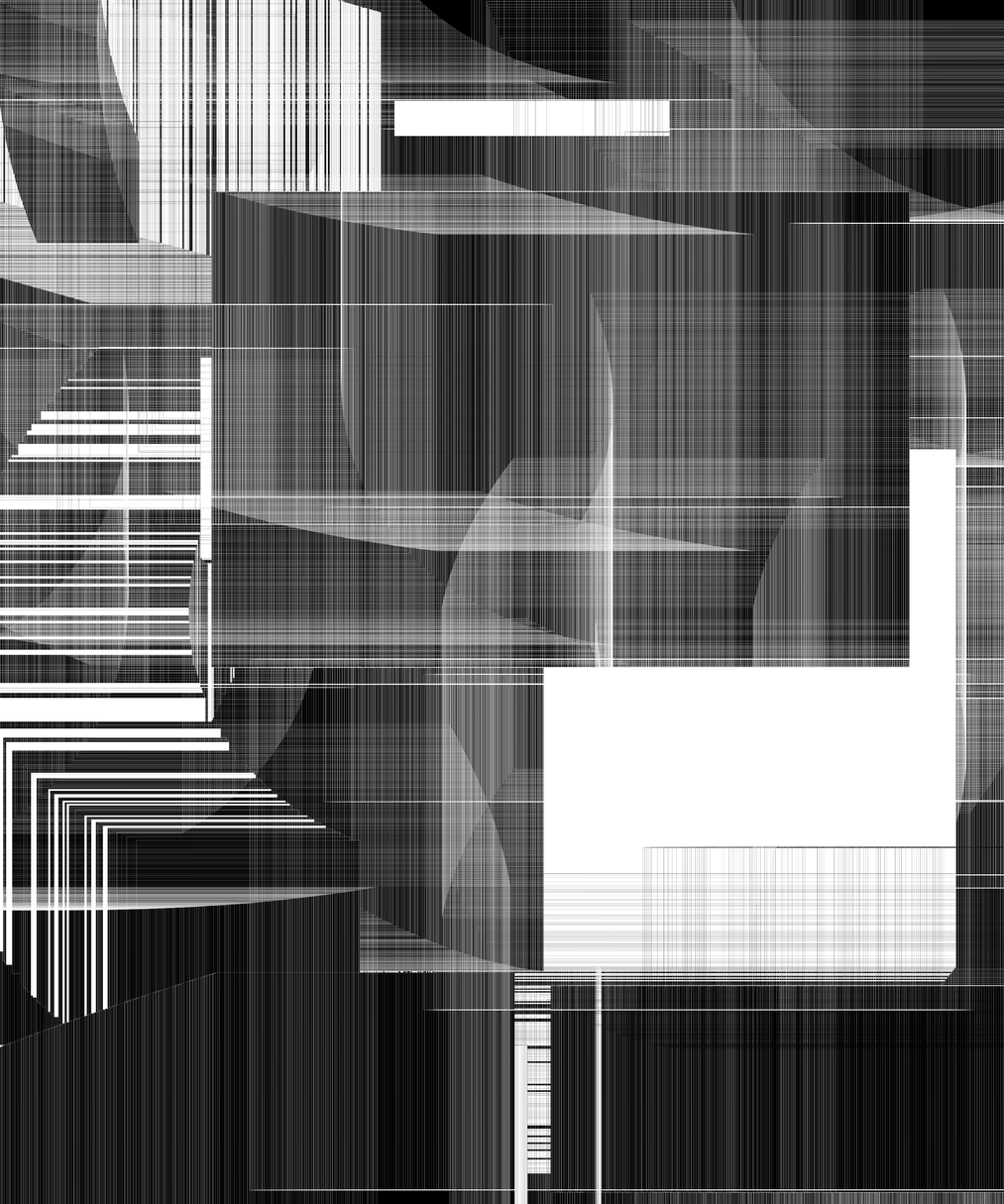
(un)//void//ble
written by Jimi Wen
99% of what is read in calligraphy is almost always reduced to two dimensions. What we see is, invariably, is no more than the 1% displayed on that plane, whether it may be scrolls, stones or screens. Though calligraphy can be read in its visual form. And this doesn’t imply, necessarily, in reducing the work to the abstract. For there is commonality, in form and in content, and that any context at a given time is bound to its hierarchical yet fluid structure.
Like the difference and relations between meaning and language: the represented and what it is a representation of, the expressed and its expression, evolves in its meaning and in its language, and it makes no differentiation to the stages of cognition, perception and sensation. At any time it is subject to change due to precisely the differences in the uncommon other.
What is the commonality, is the interpersonal, and extrinsic. It is at the same time, intrapersonal, and is in its uncommon other. In a work, its figuration and its abstraction is one the same and different.
Different languages can be used as attempts to express meaning. And meaning only really becomes extrinsic when figuratively represented in language, or more generally in symbols, a codification in forms, and of forms, is then meaning is then retaken in its current form of codification, abstracting the common and the figuration of uncommon others. Intrinsic meaning might exist in the absolute, anything absolute is probably meaningless.
Whether each brush stroke make up a character, and characters make up sentences that speaks of something, each brush stroke and the tactile interface between brush, paper and ink, is speaking-in-itself, speaking-for-itself. Nothing can be spoken of by nothing.
Reading a calligraphy scroll is different to seeing it. But it is also not so different. Seeing is forgetting the words you read. One does not really read the force pushed from the hand handling the brush that applies ink onto the paper. Nor do we read the velocity from the brush pulled away from its stationary point. We see them. We see what is expressed and represented. We see the representation expressed, and expression represented.
Stacking squares with fill or no fill, stroke or no stroke, read the voids between lines, voids between space. Abstractions are always an abstraction of something.
Computational Script
After saving the collection from big burn, the stacking of squares feels like brush movement in calligraphy, pushing into the paper with ink, pulling of the remaining ink away from the paper. This collection has become my "dictionary" of computational scripts.
Computational script is not quite asemic, since by association of calligraphy, computational scripts are although ambiguous but not meaningless. It is like relearning a second language. And the aesthetics of such calligraphy is a lifelong exercise.
For more on (un)//void//ble
